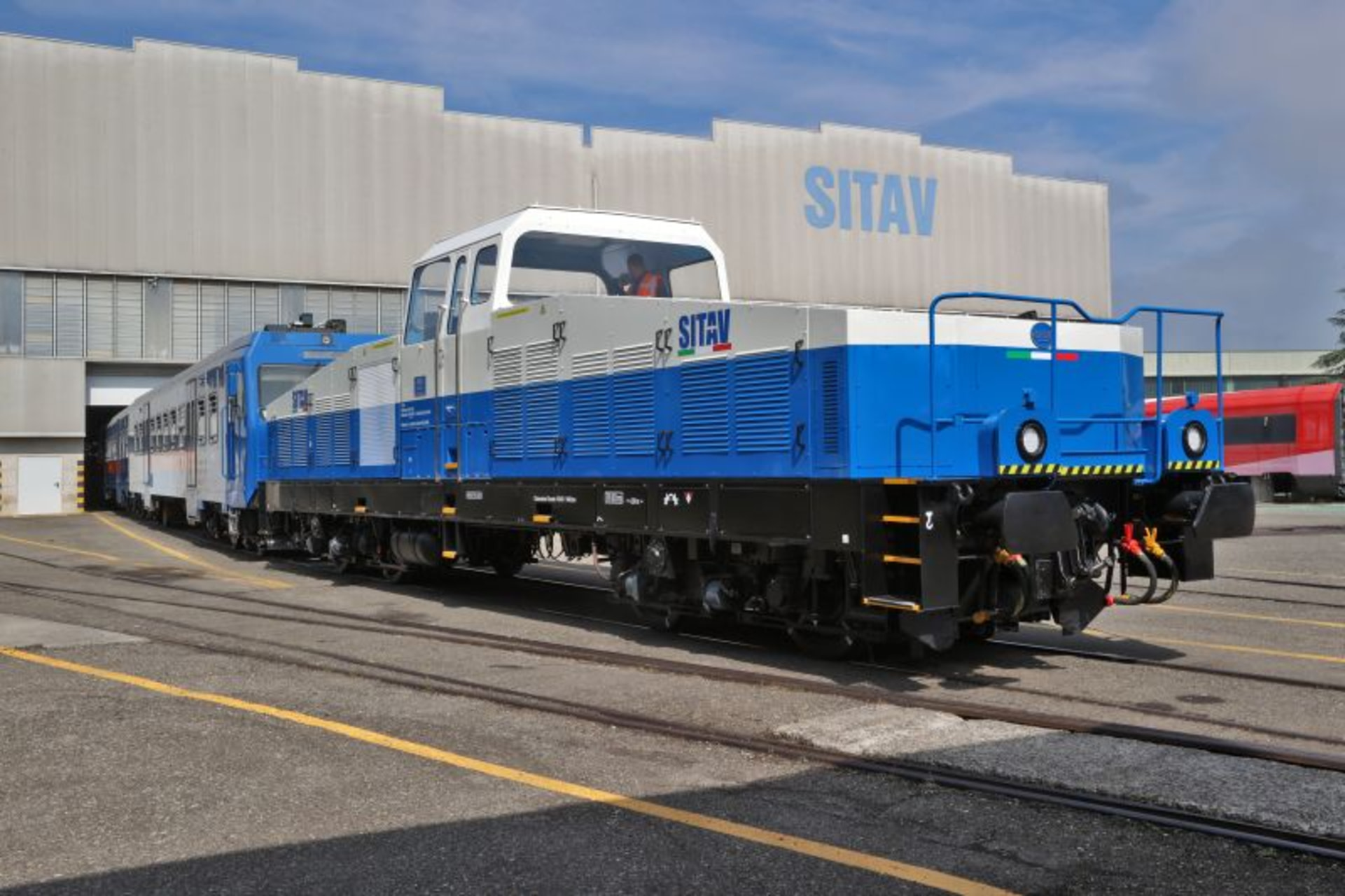Italy's SITAV Unveils Hydrogen-Powered Locomotive to Transform Rail Travel
Key Ideas
- SITAV, an Italian company primarily servicing trains, introduced its first hydrogen-powered locomotive at the Hydrogen Expo in Piacenza, shifting towards clean train manufacturing.
- The hydrogen-powered locomotive offers efficiency, safety, and flexibility with features like energy-recovering brakes, low-pressure refueling, remote diagnostics, and a customizable modular layout.
- Hydrogen-powered rail is gaining global momentum, aiming to reduce carbon emissions from the transportation sector and improve air quality for communities living near rail lines.
- The introduction of hydrogen trains symbolizes a move towards clean energy in the rail industry, providing a promising solution to reduce pollution, noise, and long-term operational costs.
Italian company SITAV, known for servicing trains, recently unveiled its first hydrogen-powered locomotive at the Hydrogen Expo in Piacenza. This prototype marks SITAV's entry into clean train manufacturing. The locomotive, designed with efficiency and sustainability in mind, runs on hydrogen fuel, emitting only water vapor. It boasts features like energy-recovering brakes, low-pressure refueling, remote diagnostics, and a modular layout that allows customization for different rail lines. SITAV has already obtained preliminary regulatory approvals and plans to showcase the train at Expo Ferroviaria in Milan. The global momentum for hydrogen-powered rail is evident as other companies like Stadler Rail set a world record with a hydrogen train traveling over 1,700 miles without refueling. This shift towards cleaner transportation solutions is crucial, especially since the transportation sector contributes significantly to global carbon emissions. The adoption of hydrogen trains has the potential to reduce pollution, noise, and long-term operational costs for rail operators while enhancing air quality for nearby communities. As the industry moves towards clean energy, hydrogen-powered rail represents a promising step in transforming rail travel for a more sustainable future.
